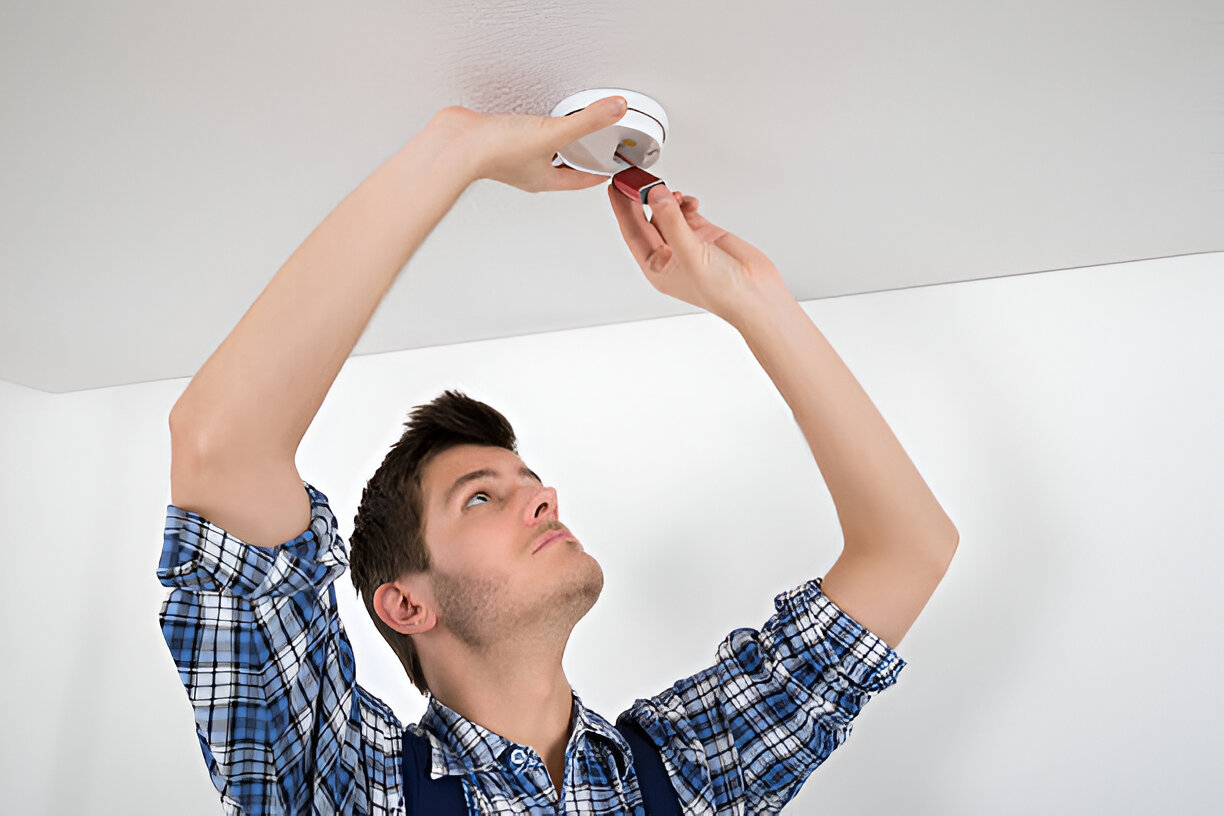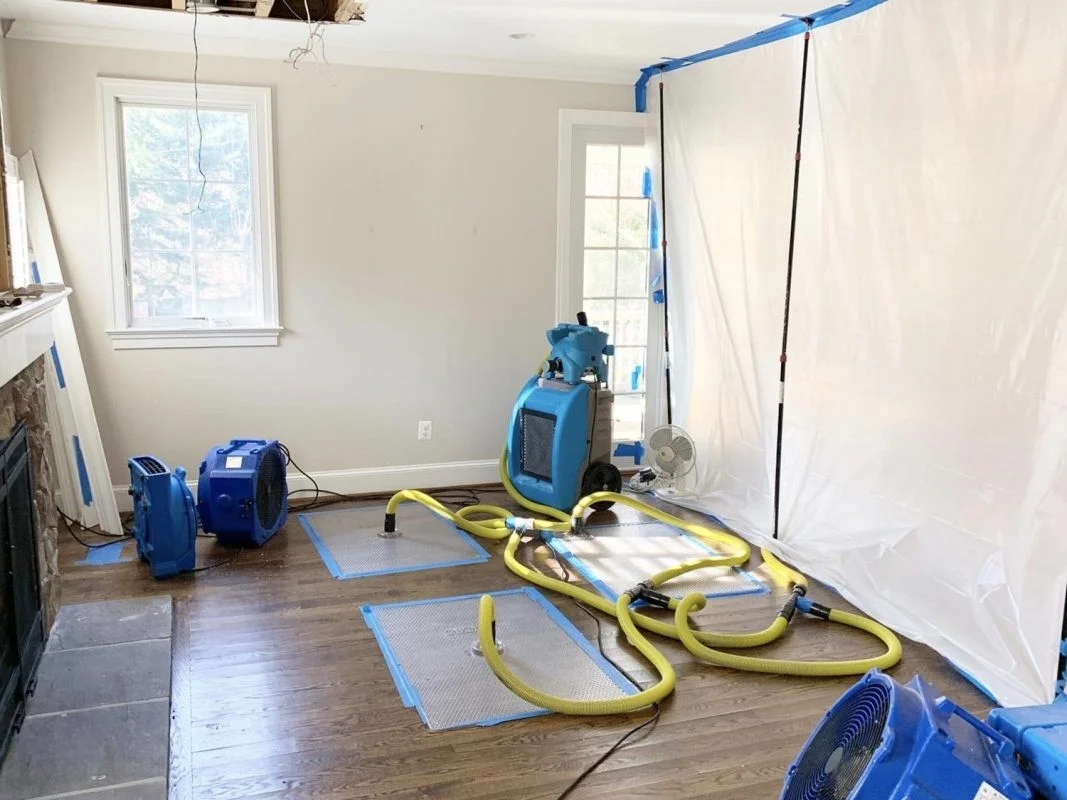Introduction
Fire safety is a critical responsibility for landlords in the UK. Ensuring that rental properties are equipped with properly installed and maintained fire alarm systems not only safeguards tenants but also helps landlords comply with legal requirements. Whether you manage a single property or an entire portfolio, fire alarm installation is not something that can be taken lightly.
This comprehensive guide will walk landlords through everything they need to know about fire alarm installation—from understanding legal obligations to choosing the right types of alarms, installation best practices, and ongoing maintenance. Our aim is to make your property safer while keeping you fully compliant with UK fire safety regulations.
Why Fire Alarm Installation Matters for Landlords
As a landlord, your primary responsibility is to provide a safe living environment for your tenants. Fire alarms play a crucial role in detecting fires early and allowing occupants time to evacuate safely. According to the UK Fire and Rescue Services, functioning smoke alarms can reduce the risk of fatality in a house fire by at least 50%.
Beyond safety, failing to install adequate fire detection systems can lead to legal consequences, fines, or even imprisonment. Therefore, understanding and implementing the correct fire alarm installation process is both a legal and moral duty.
UK Legal Requirements for Fire Alarms in Rental Properties
The UK government has set out specific regulations that landlords must follow:
1. Smoke and Carbon Monoxide Alarm (Amendment) Regulations 2022
- Smoke Alarms: Landlords must install at least one smoke alarm on every storey of their rental property used as living accommodation.
- Carbon Monoxide Alarms: A CO alarm must be installed in any room containing a fixed combustion appliance (excluding gas cookers).
- Testing Requirements: All alarms must be tested and in proper working order at the start of each tenancy.
2. The Housing Act 2004
- Under the Housing Health and Safety Rating System (HHSRS), landlords are responsible for ensuring there are no fire-related hazards in the home.
3. Fire Safety (England) Regulations 2022
- Applies to multi-occupied buildings with communal areas and introduces enhanced fire safety duties for responsible persons.
Failing to comply with these regulations can result in fines up to £5,000 per breach.
Types of Fire Alarms for Rental Properties
Selecting the appropriate type of fire alarm system depends on the size and layout of the property, as well as the number of tenants. Below are the most common types used in rental homes:
1. Ionisation Smoke Alarms
These detect fast-flaming fires and are best placed in areas where rapid fire could occur, like stairways. However, they are not suitable for kitchens.
2. Optical (Photoelectric) Smoke Alarms
These are more sensitive to slow, smouldering fires and are ideal for bedrooms and living rooms.
3. Heat Alarms
Instead of smoke, these respond to a rapid rise in temperature and are suitable for kitchens and garages, where smoke alarms may trigger false alerts.
4. Mains-Powered Alarms with Battery Backup
These are connected to the property’s electrical system and offer continuous protection, even during a power cut. Battery backup ensures alarm functionality at all times.
5. Interlinked Fire Alarms
These alarms are connected so that if one sounds, all others do too. This is especially useful in HMOs (Houses in Multiple Occupation) and multi-storey properties.
Fire Alarm Installation: Step-by-Step Guide
Here’s a detailed breakdown of how landlords can install fire alarms correctly and responsibly:
Step 1: Conduct a Fire Risk Assessment
Before installing any alarms, carry out a thorough fire risk assessment to identify potential hazards and determine the most appropriate alarm locations.
Step 2: Choose the Right Alarm System
Based on the assessment, select alarms suitable for the property type and room function. Opt for interlinked alarms for larger or multi-tenancy buildings.
Step 3: Correct Placement of Alarms
- Smoke Alarms: Install on the ceiling, ideally in hallways, landings, and living areas.
- Heat Alarms: Install in the kitchen or areas with frequent smoke or steam.
- Avoid Installing Near Windows or Vents: These can interfere with alarm functionality.
Step 4: Professional Installation
Hire a certified electrician or fire safety technician to ensure alarms are installed to British Standards (BS 5839-6:2019). DIY installations may not be compliant or reliable.
Step 5: Test and Record
Once installed, test each alarm and keep a log. Provide tenants with documentation and instructions on how to test and maintain the alarms themselves.
Maintenance and Testing Requirements
Installing fire alarms is just the first step—regular maintenance is essential to ensure they continue to function correctly.
1. Regular Testing
- Landlords must test all alarms at the start of each new tenancy.
- Encourage tenants to test alarms monthly using the “test” button.
2. Battery Checks
- Replace batteries annually if using battery-operated models.
- For sealed battery alarms (10-year), replace the entire unit when the battery life ends.
3. Annual Servicing
For mains-powered or interlinked systems, hire a qualified technician annually to service and inspect the alarms.
4. Replacement Timeline
- Smoke alarms should be replaced every 10 years or earlier if they malfunction.
- Keep a replacement schedule and log maintenance dates for legal compliance.
Fire Alarm Systems in HMOs
For landlords managing HMOs, the requirements are stricter:
- Install a Grade D1 system (mains-powered with backup) in all communal areas.
- Interlinked alarms in all bedrooms and escape routes.
- Comply with local council licensing requirements, which may exceed national standards.
Common Mistakes to Avoid
❌ Installing the Wrong Type of Alarm
Using ionisation alarms in kitchens, for example, can lead to false alarms and frustration.
❌ Poor Placement
Avoid placing alarms near windows, extractor fans, or high-humidity areas unless specifically designed for those environments.
❌ Neglecting Regular Maintenance
Even the best alarms fail if they aren’t maintained. Regular checks are non-negotiable.
❌ DIY Installations Without Certification
Improper installation can void insurance claims or violate regulations.
Benefits of Professional Installation and Certification
Hiring professionals to install and certify fire alarms ensures:
- Compliance with BS 5839-6:2019.
- Full legal and insurance coverage.
- Peace of mind for both landlord and tenant.
- Documentation for property licensing or inspections.
Look for technicians who are BAFE-registered or NICEIC-approved for certified work.
Final Thoughts
Fire alarm installation is a vital aspect of property management for landlords in the UK. It’s more than just a legal obligation—it’s about protecting lives. By understanding the laws, choosing the right alarms, and ensuring professional installation and maintenance, landlords can create a safer environment and avoid potential penalties.
Taking a proactive approach to fire safety isn’t just good practice—it’s a legal and ethical necessity. Don’t wait until it’s too late. Prioritise fire alarm installation today and keep your tenants and property secure.
If you’re looking for professional assistance in fire alarm installation or need help with fire safety compliance, visit Landlord Safety Certification for expert guidance and certified services across the UK.



